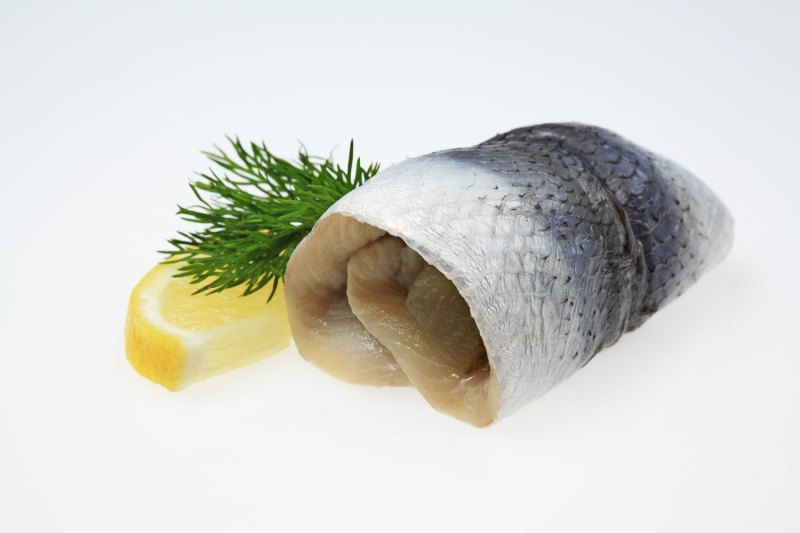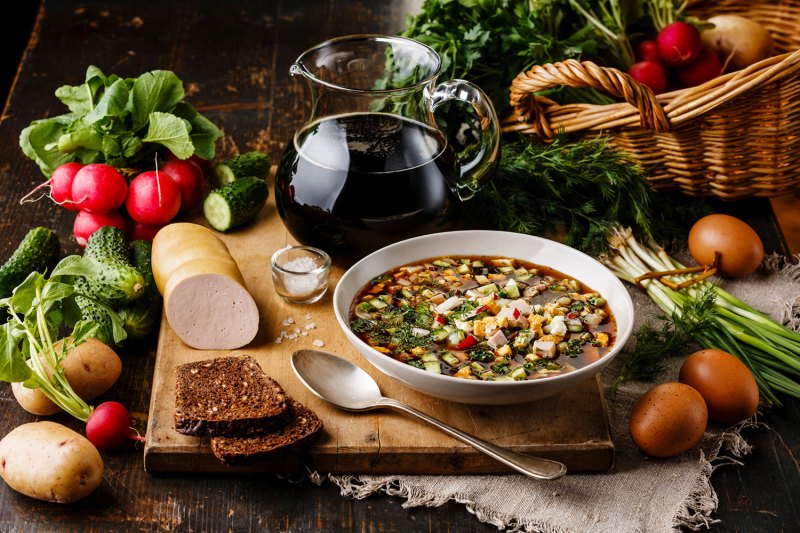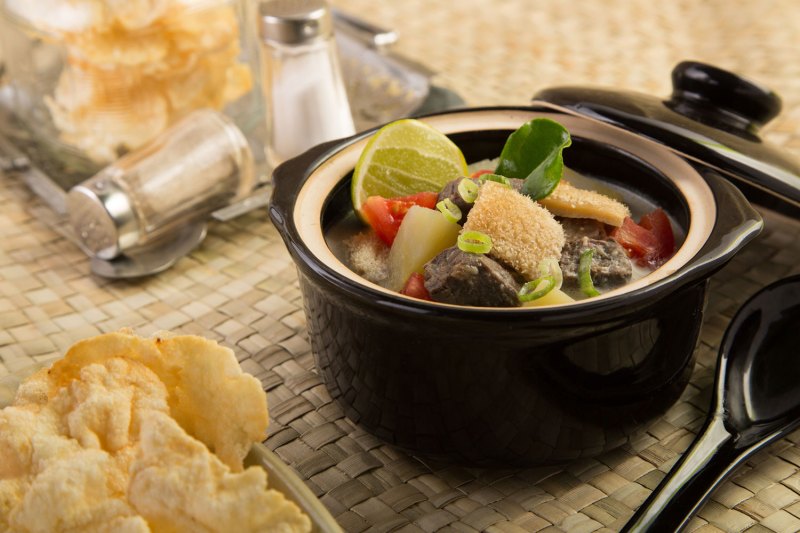Compared to much of the world, traditional American hangover cures are surprisingly tame. We Statesiders stick mostly to Pedialyte, a Tylenol or six, and sleeping in until four o’clock in the afternoon after a bender. The rest of the world, however, finds solace in decidedly more interesting fare like pickled fish roll-ups, half-fertilized duck eggs, or rum-infused “buffalo milk.” If you’re looking to get creative with your next post-bender recovery, these are seven of the strangest hangover cures from around the world.
Germany

Leave it to the Germans who’ve mastered the art of long, complicated words and post-Oktoberfest recovery to devise a specific name just for “hangover breakfast.” Katerfrühstück typically consists of rollmops — pickled herring filets wrapped around a savory filling, usually onions and pickled cucumbers. It’s, of course, often backed with a tall lager.
Namibia
Namibia’s “buffalo milk” is the country’s own unique take on the hair of the dog with a week’s worth of saturated fat to bolster its curative value. It’s an impossibly rich concoction of whole cream, clotted cream, and cream liqueur blended with spiced and dark rum. What you don’t find in it: Any buffalo milk.
Russia

Kvass is a traditional Russian drink or soup that relies on soaking “black” (rye) bread in water, yeast, and sugar until just enough alcohol begins to develop. There’s sound science behind this cure, as the mixture is high in B vitamins, magnesium, and sugars — all key ingredients to help the body metabolize alcohol. Some heartier (read crazier) Russians prefer to suffer through an ultra-hot sauna and attempt to literally beat last night’s vodka out with birch branches.
Mongolia
Sometimes the only way out is through. In hangover terms, that often means just suffering through the morning after until it passes. Some Mongolians take a more proactive tack by trying to induce a fire sale on their stomachs where everything must go! One of the country’s most traditional hangover cures is to down a tumbler of pickled sheep’s eyeballs with tomato juice.
Turkey/Mexico/Romania

Most of America had never heard of tripe soup before it was thrust into the culinary mainstream by the likes of Anthony Bourdain and Andrew Zimmern. It may not seem so bizarre in comparison to everything else on this list, but there’s something undeniably odd about a steaming bowl of animal guts. Nevertheless, it’s a popular hangover cure in many parts of the world, with different countries adding their own touches. Mexico often seasons its menudo with onion, lime, cilantro, and chilis; Turkey prefers its heavy iskembe corbasi with garlic, onion, and cream; and Romania adds plenty of salt and root vegetables to its ciorba de burta.
Portugal
There isn’t a hard drinker alive who hasn’t discovered the miracle work of a high-fat, high-carb breakfast to sop up the previous night’s indiscretions. Diner food is a favorite in the States, but Portugal may have perfected the greasy morning-after breakfast. Francesinha, a Porto specialty, crams roast beef, ham, sausage, and linguiça (more sausage) into a bready sandwich, then drowns it in melted cheese and a fried egg. It’s often smothered in a thick tomato beer sauce and served with a pile of French fries. There’s no right or wrong way to build a francesinha, however. If making it at home, feel free to sub in kielbasa, chorizo, andouille, or any fatty meat you happen to be craving that morning. (See also: the Puerto Rican tripleta.)
Philippines

Eggs — fried, raw, or slathered in butter — are a common theme among hangover cures throughout the world. But the Filipino approach may be the most interesting and gag-inducing egg-centric option. Balut is among the country’s most traditional hangover cures. The commonly available street food consists of a partially developed bird embryo that’s boiled and eaten straight out of the shell, beak and all. Perhaps the goal with this is to punish oneself into never drinking — or eating — ever again?
If none of these do the trick and money is no object, check out six of the most luxurious hangover cures available.



